Related Podcast Episode
“Technology is a distraction.”
“It just makes my job harder.”
“My students can’t focus when they’re online.”
I hear comments like these in almost every professional learning session involving technology. I don’t think teachers are frustrated with technology itself. They’re frustrated with the way it’s being used, especially when it fails to create meaningful or engaging learning.
Despite the frustration and distractions teachers often associate with classroom technology use, the technology itself isn’t the problem. Technology is an integral part of our lives, so preparing students with the skills they need to thrive in a world that demands digital literacy is critical.
Often, the task, not the technology, is the real issue. When we use tech to digitize worksheets or deliver rote practice, students check out. It’s not engaging; it’s just screen time. If we want students to stay focused and invested, we must use technology to invite inquiry, discovery, and collaboration. The more we design online learning experiences that give students agency—letting them decide what to explore, how to learn it, and how to demonstrate their understanding—the more meaningful and motivating that work becomes.
Schools have invested heavily in Wi-Fi infrastructure, digital platforms, curriculum, and student devices. At the same time, technology touches nearly every aspect of our daily lives. That’s why it’s essential to integrate technology into learning in ways that are transformative rather than distracting.
So let’s explore three guiding principles educators and schools can use to ensure technology truly supports and enhances learning.
Principle #1: Design with Purpose and Technology-Enhanced Instructional Models
One of the most significant barriers to effective technology use in classrooms is the lack of an instructional model that naturally integrates it. When the only approach teachers know is whole-group, teacher-led instruction, technology becomes a superficial add-on. It is essentially something extra to manage rather than a tool that transforms the learning experience.
To truly harness the power of technology, we need instructional models that allow students to take the lead during parts of the lesson. Models like Station Rotation, Whole Group Rotation, or Playlist create space for students to work independently or collaboratively while the teacher can engage in more meaningful work. These models allow teachers to facilitate small group differentiated instruction, give real-time feedback, provide Tier 2 support or enrichment and Tier 3 intervention and mastery, conference with students, or conduct side-by-side assessments.
When we pair technology with flexible models like these, we shift from simply using technology to supporting learning in more personalized, responsive, and sustainable ways. So, if school leaders are frustrated that their investment in technology hasn’t led to significant improvements in academic outcomes or student engagement, the focus must shift to helping teachers learn how to design with technology-enhanced instructional models.
Principle #2: Use Technology to Support UDL and Cultivate Learner Agency
When used with intention, technology can make learning more accessible and more empowering. It has the potential to remove barriers related to language, processing, pacing, physical access, and more while giving students more control over how they learn and demonstrate understanding.
Unfortunately, many digital tools are still used to reinforce compliance and standardization rather than support flexibility and autonomy. If every student is expected to watch the same video, complete the same activity, and submit the same response in the same way, we’re missing the opportunity to leverage technology for accessibility, inclusivity, and equity.
Instead, we should design learning experiences that allow students to access content in multiple ways (e.g., video with captions, text with audio support), move at a pace that works for them, and make key decisions about how they engage with tasks. Technology can offer students voice and choice—from selecting the format of their responses to choosing tools that align with their strengths and preferences.
Principle #3: Use Technology to Collect and Respond to Data More Effectively to Personalize Learning
Technology allows teachers to collect real-time data that can inform instruction and help personalize learning experiences. Whether it’s a quick formative check, a digital exit ticket, or performance data from an online platform, this information can highlight which students need additional support, who’s ready for enrichment, and where instructional pivots might be necessary.
The goal isn’t to collect more data—it’s to collect better data and use it to make learning more responsive. When teachers can quickly identify trends, group students by need, and act on what the data reveals, they’re better equipped to ensure every learner is making progress to firm standards-aligned learning goals.
Technology can also support students in becoming more aware of their own growth. When they receive timely feedback or track their progress, students are more likely to reflect, make adjustments, and stay engaged in the learning process.
Designing learning experiences that leverage technology to collect and surface useful data allows teachers to be more responsive. This enables educators to create learning experiences that are more data-informed, personalized, and supportive for every learner. Artificial intelligence can enhance this process by helping teachers analyze data more efficiently, identify patterns across student work, and even generate targeted supports or next steps, saving valuable time and improving instructional responsiveness.
Technology as a Tool for Transformation
Technology alone won’t transform teaching and learning, but how we use it can. When schools adopt clear instructional models that naturally integrate technology, design learning experiences with accessibility and agency in mind, and use digital tools to collect and act on meaningful data, technology becomes more than just a resource. It becomes a catalyst for deeper learning, personalization, and equity.
For teachers, this means rethinking how and when technology is used to free you up for the work that matters most, like connecting with students, differentiating instruction, and offering timely feedback. For coaches, it means supporting colleagues in designing lessons that align with flexible models and Universal Design for Learning (UDL). For school leaders, it means investing not just in tools and devices, but in professional learning that empowers teachers to use them well.
When we design with intention, put students at the center, and stay responsive to their needs, technology becomes a powerful ally in creating classrooms where all learners can thrive.

Now On-Demand: Summer Learning Series Kickoff
Do you feel like back-to-school professional development in August is a little late?
That’s why I offered my brand new Summer Learning Series Kickoff the first week of June—so you would have all summer to get inspired and think about how to implement the ideas and strategies you’re learning more easily in your classroom next year!
These sessions were so popular that I have transitioned them to on-demand webinars, so they are available for anyone who missed the live sessions!
Summer Learning Kickoff Schedule:
Monday, June 2: MTSS: Strategies to Improve the Effectiveness of Tier 1 Instruction
Tuesday, June 3: The Station Rotation Model & Small Group Instruction
Wednesday, June 4: The Playlist Model & Personalized Learning
Thursday, June 5: Elevate Your Instructional Design with AI
Friday, June 6: Shifting to Student-led Learning
This series is tailored toward individual educators, but if you’re a school with multiple teacher leaders or you have a group of coaches that you’d like to sign up, we can easily process a PO. Just reach out to bookcatlintucker@gmail.com!
The Station Rotation Model and UDL: Elevate Tier I Instruction and Cultivate Learner Agency is available now! I’d love for you to check it out, share it with a colleague, and let me know what resonates most with you. If you have any questions about the book, please post a comment!
School leaders interested in using the book for a staff-wide study can place a discounted bulk order for 10 or more copies. If you and your teachers need additional support, I offer customized professional learning that is hands-on, practice-based, and tailored to your team’s needs. Together, we can support your teachers in developing their UDL practice, differentiating instruction more effectively, and elevating Tier 1 instruction. We can even utilize the Station Rotation Model to create space for Tier 2 support and Tier 3 intervention within general education classrooms. And, we can explore how this model can help us position students as active agents leading their learning!

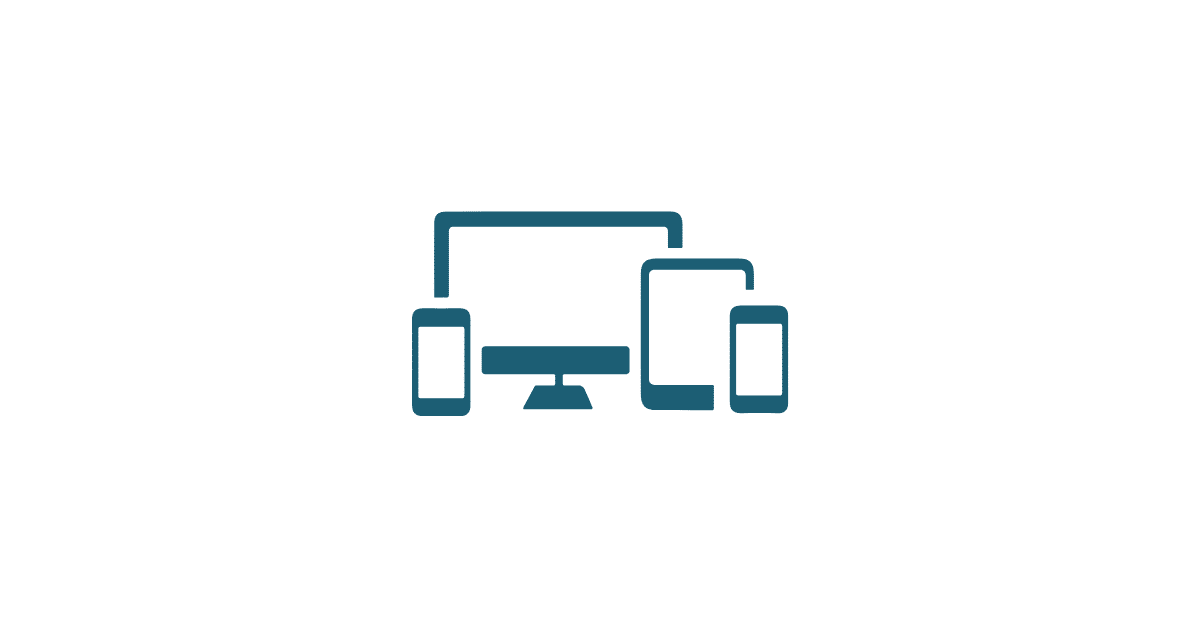
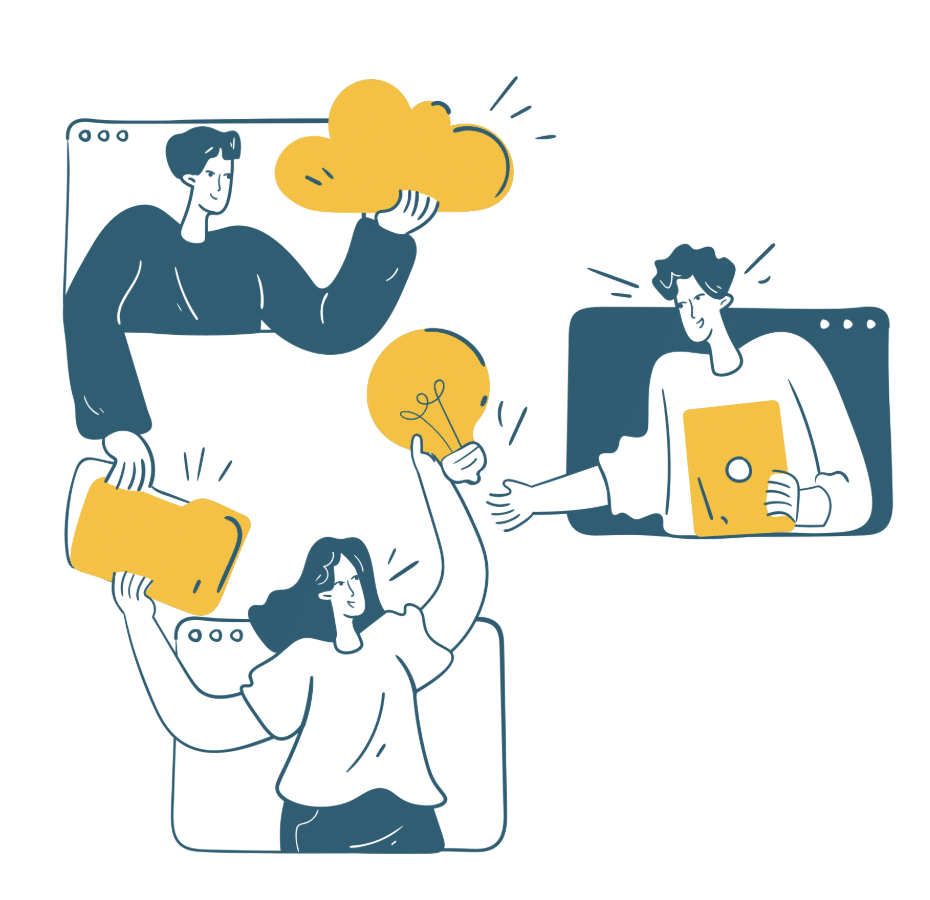

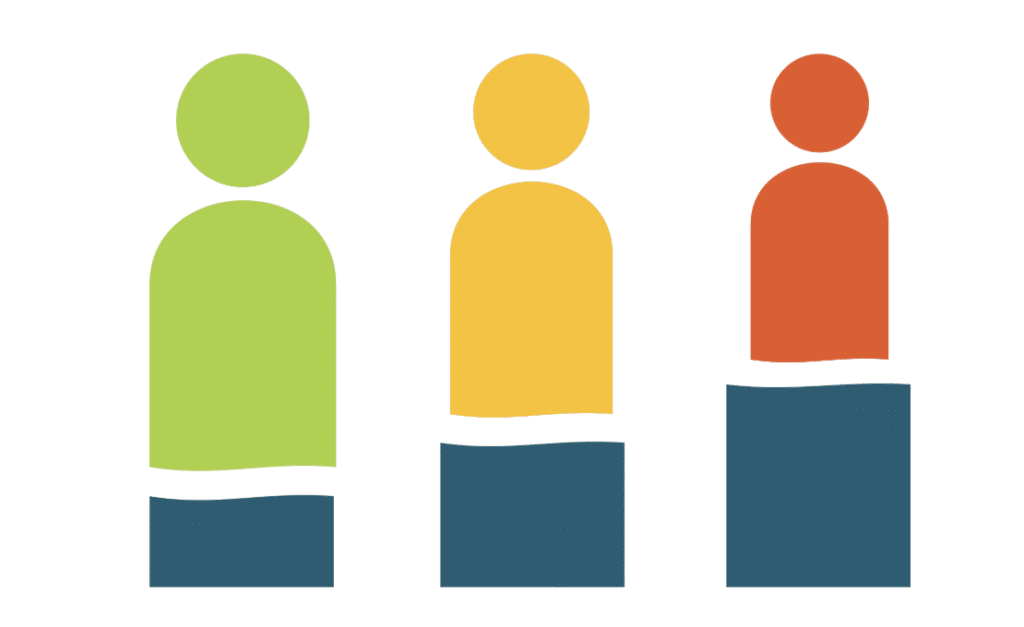
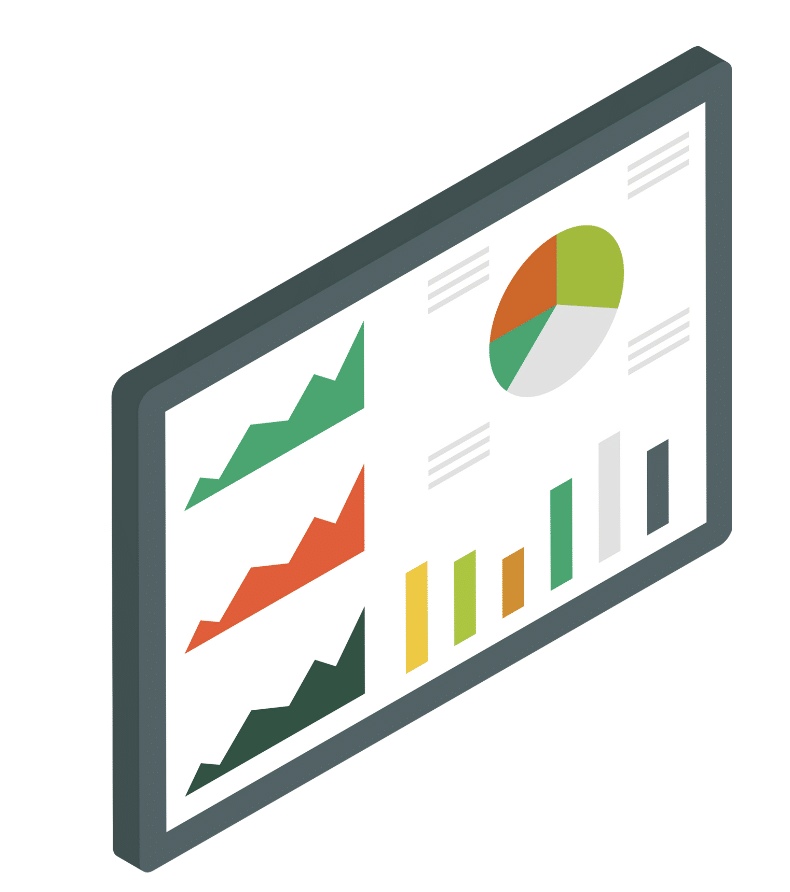
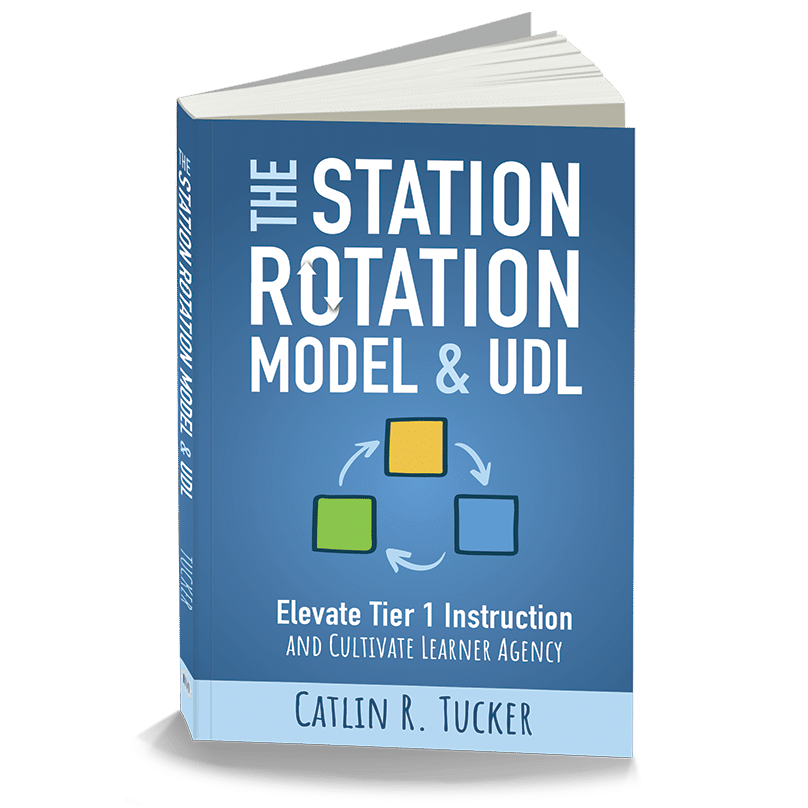
2 Responses
Hello!
I am very interested in your classes this summer, but can’t take them on the dates offered. I am wondering if they will be available online later.
Thanks!
Hi Joan,
This is the first time I am offering a live series like this open to anyone, so I am not sure if it is something I will do again. It depends on how this goes! Folks who purchase the course, but cannot attend live, will have access to the video recording for one month and the resource document through Teachable. I know it isn’t the same as being there live, but that is an option if there is a session you don’t want to miss.
Best,
Catlin